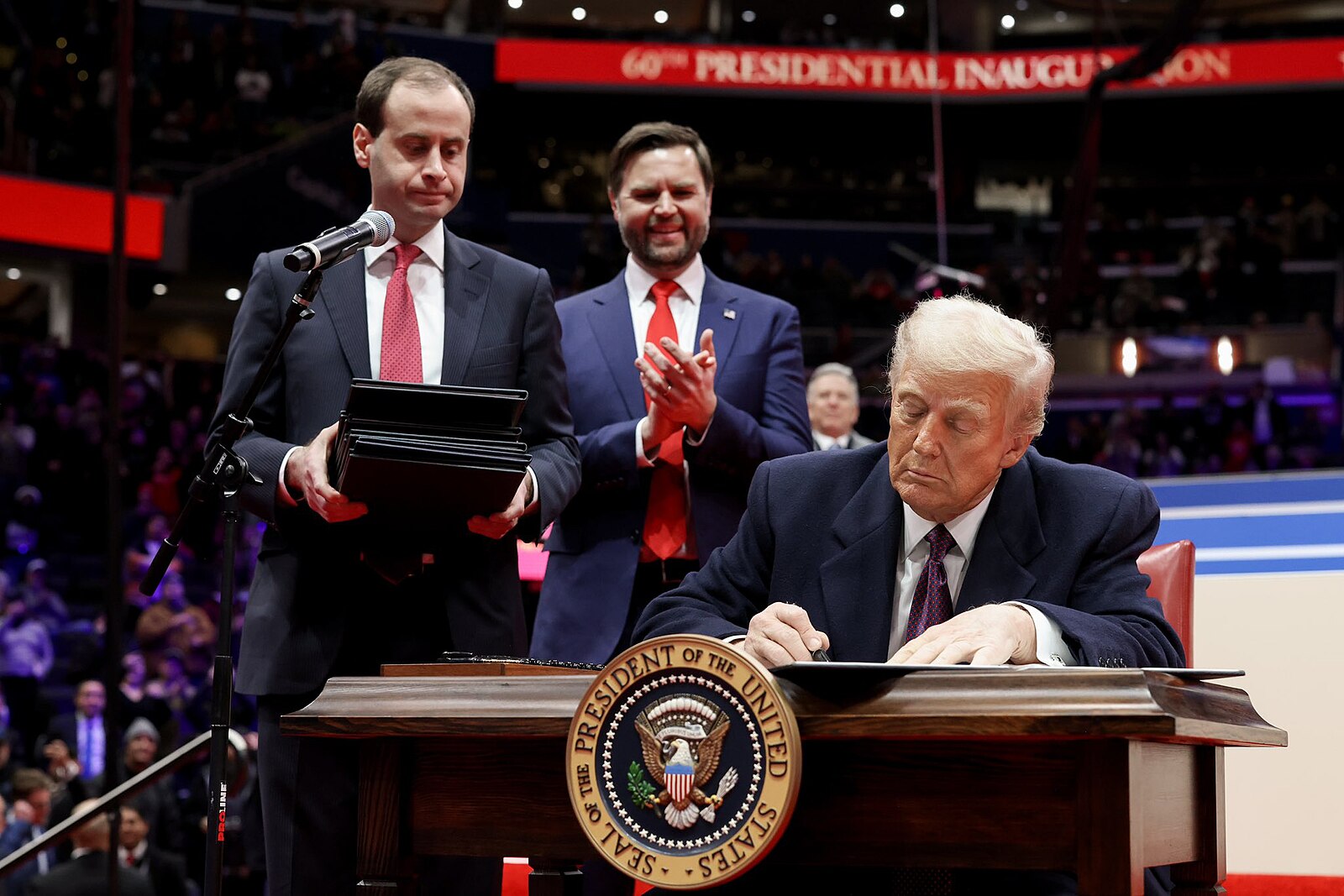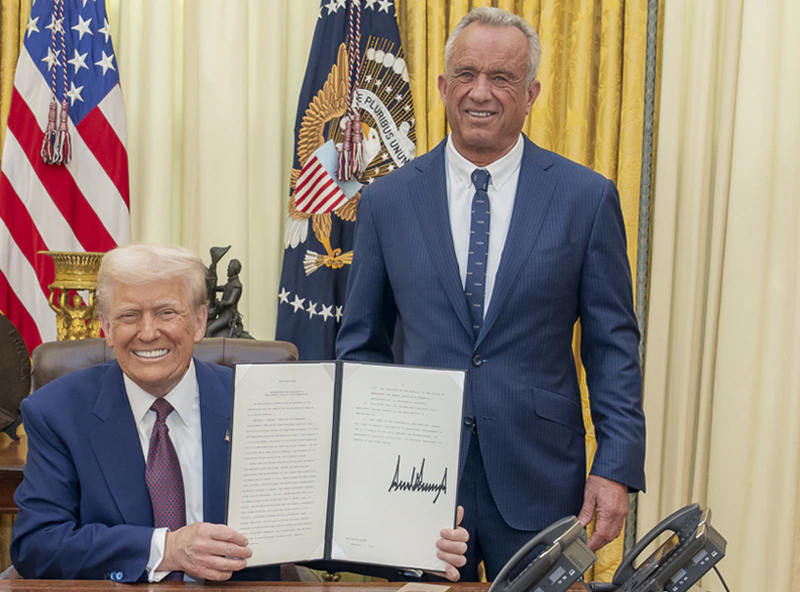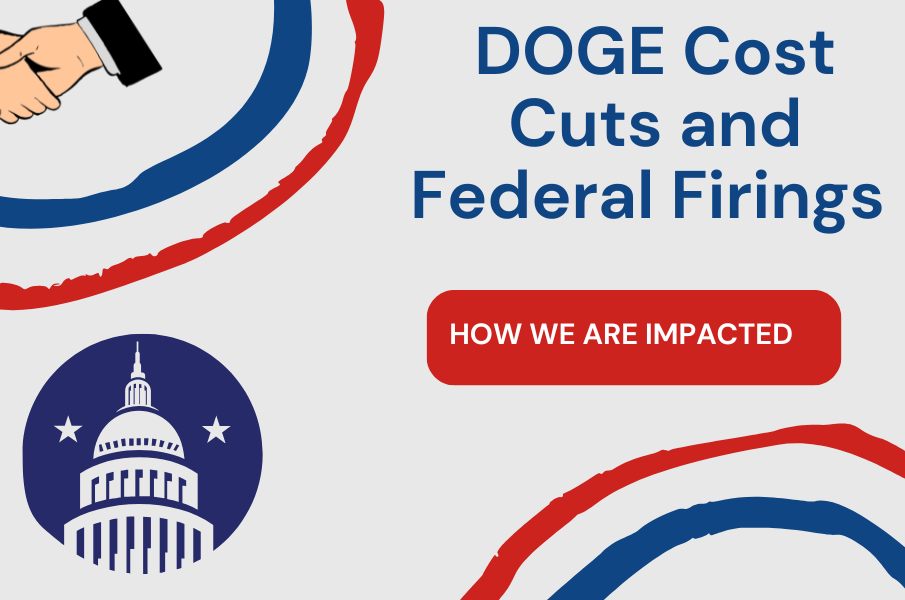Since President Donald Trump was inaugurated on Jan. 20, he has issued over 50 generalized executive orders. A significant amount of these are predicted to detrimentally impact the environment and increase the rate of climate change. Of these orders, multiple have been viewed as unlawful by Congress and legislations are being passed to prohibit these orders from going into effect.
The greatest unseen impact of the President’s climate related orders is the chaos and distress revolving the long term impacts of ongoing presidential actions. Fear is the overlooked objective. With an entire nation in anguish, it’s becoming increasingly less clear to individuals just how much their awareness counts towards making a difference.
“Some people shut down completely and I think that can be a real problem because I know that when, for example, people hear the word climate change sometimes they just don’t want to think about it because it’s like: ‘it’s not going to affect me now,’” Shariffa Crandall, an assistant professor of Soilborne Disease Dynamics at Penn State University, said.
On the day he was inaugurated for the second time, Trump ordered that the United States Ambassador to the United Nations submit an official withdrawal from the Paris Agreement, as well as any related agreement under the United Nations Framework Convention on Climate Change.
The incentive behind this action was to “put America first in international environmental agreements.” Trump recognizes past progress the United States has made in prioritizing a more sustainable way of life; yet he makes it clear that his main concern is the benefit of only American taxpayers, seeing no purpose in the country’s involvement with establishments that do not directly “require, or merit, financial assistance in the interests of the American people.”
“Having the U.S., not being part of that agreement is probably going to make it difficult to reach those goals and this is again for repercussions at a global scale and not only the U.S., all over the world,” Raul Gonzalez Pech, a postdoctoral researcher at Penn State University, said.
The earth is in a dire state and isolation is not a sustainable option for anyone. President Trump seeks to dissociate from the issue and not implement climate preservation driven orders. But Congress still has the ability to regulate whether the given executive orders will take effect by creating alternative legislations to counteract the presidential orders if deemed out of line. There is still the opportunity for change, and the conversation regarding climate change and environmental preservation does not end here.
In addition to withdrawing from the involved agreements, President Trump has also ordered to revoke the U.S.’s financial commitments to the United Nations Framework Convention on Climate Change and the International Climate Finance Plan, consisting of over $10 billion.
“Americans step back as President Trump takes us a step backwards in fighting and providing resources to combat climate change,” Colin Howe, Ph. D student at Penn State University, said. “It will undermine the U.S.’s ability to address and accommodate toward the major threats that come from climate change, severe weather, severe storms, and damage to infrastructure.”
Additionally, President Trump has accentuated the importance of his announced “National Energy Emergency.” In efforts to manage the “emergency,” he has moved for expansion in oil drilling and revoked any act protecting endangered species and the already compromised Arctic.
“It’s just crazy and it’s disappointing because it’s taking two steps back,” Gonzales said.
While Trump’s initiative is to intimidate the American people into paralyzation, there are still infinite ways to keep fighting the climate crisis. By seeking education from trustworthy news sources, writing to senators, and making changes in daily life, we as Americans can create a planet for generations forward.







